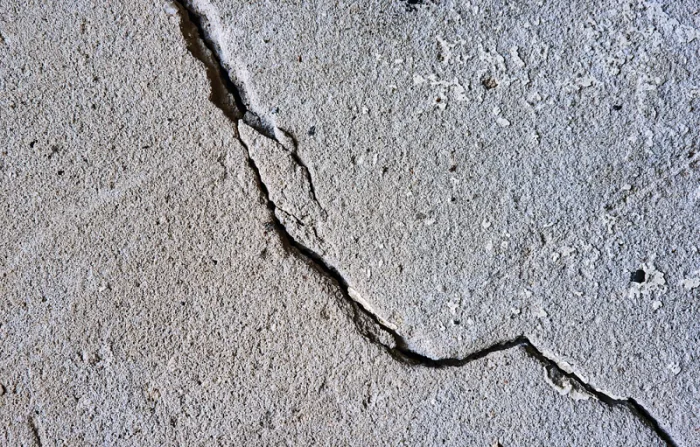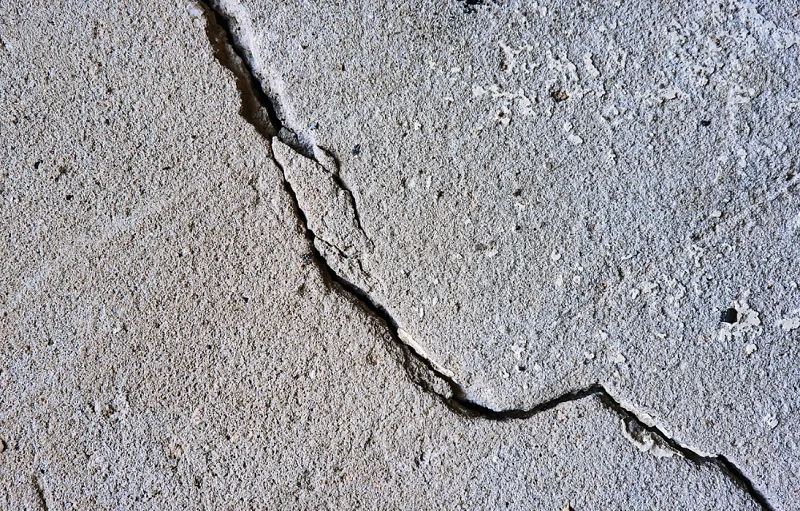
Fracking to blame for earthquakes, seismic 'clusters' in central Alberta

File photo: Unsplash
An earthquake that sent tremors through central Alberta last spring — rattling homes in Red Deer and temporarily knocking out power in parts of Sylvan Lake — was caused by fracking, an investigation by provincial regulators concludes.
A report by researchers with the Alberta Geological Society and the Alberta Energy Regulator examined two earthquakes near Red Deer, one on March 19, 2018, and another on March 2, 2019.
Investigators determined that nearby fracking operations triggered both earthquakes and also induced other "small clusters" of seismic events in the area with tremors up to a magnitude of 2.0.
Fracking or hydraulic fracturing is a way of extracting natural gas that involves injecting fluid into a well under high pressure to fracture the gas-bearing rock and release the gas inside.
The practice has been linked to most large earthquakes in Alberta and B.C. interior in recent decades.
Some U.S. residents have sued oil and gas companies over injuries and damage to homes caused by fracking-induced earthquakes.
Still, such earthquakes are rare and because they're a relatively recent phenomenon, they are little understood, prompting questions about why they arise in some places and not others.
VIDEO: FRACKING QUAKE RATTLES ALBERTA FAMILY (2015)
'FELT BY MANY'
The 2018 earthquake was 3.13 in magnitude and the "shaking from the event was felt by some," the study said.
The earthquake in 2019 was significantly stronger with a magnitude of 4.18. There were reports of property damage and the "shaking from the event was felt by many," the report said.
The epicentre was located about 12 kilometres south of Sylvan Lake, where the seismic activity is typically dormant, researchers said.
"Recent events were large enough to be felt by nearby residents in Red Deer, who were between four to 10 kilometres away," reads the report.
"The observation of these events in a typically seismically quiescent region was suspicious, considering the recent development of the Duvernay East Shale Basin."
The earthquake was reported to the Alberta Energy Regulator by Calgary-based oil and gas operator Vesta Energy.
At the time, the regulator ordered Vesta Energy Ltd. to suspend hydraulic fracturing operations at the site in order to protect the public and the environment.
It also ordered the Calgary-based company to submit a report on recent seismic activity in the area and specific fracturing data for the well site.
The regulator has also ordered Vesta to file a plan to eliminate or reduce future seismic activity from fracturing.
The report suggests further investigation is needed on the operations causing the increase in seismic activity. For instance, previous research found that earthquakes in the Cardston region in southern Alberta were related to fluid from nearby operations flowing into fault lines.
"At least 13 new clusters of induced earthquakes are recognized," the study said.
"Our next steps were to better understand why this region may be susceptible to these events through comparisons to other regions where geological proxies for seismogenic potential have been identified."
The company's website said it operates in the Joffre Duvernay shale oil basin in central Alberta and had 84 producing wells on-stream last year.
"Vesta operates in areas with potential for seismicity, and continues to take the necessary precautions to ensure compliance with Alberta Energy Regulator," the company said Thursday in an emailed statement to CBC News.
"Vesta has sophisticated monitoring equipment placed throughout its operating perimeter to detect seismic activity, and works with the AER as needed to report any detections of seismic events in the area."
This article was written for the CBC by Wallis Snowdon.